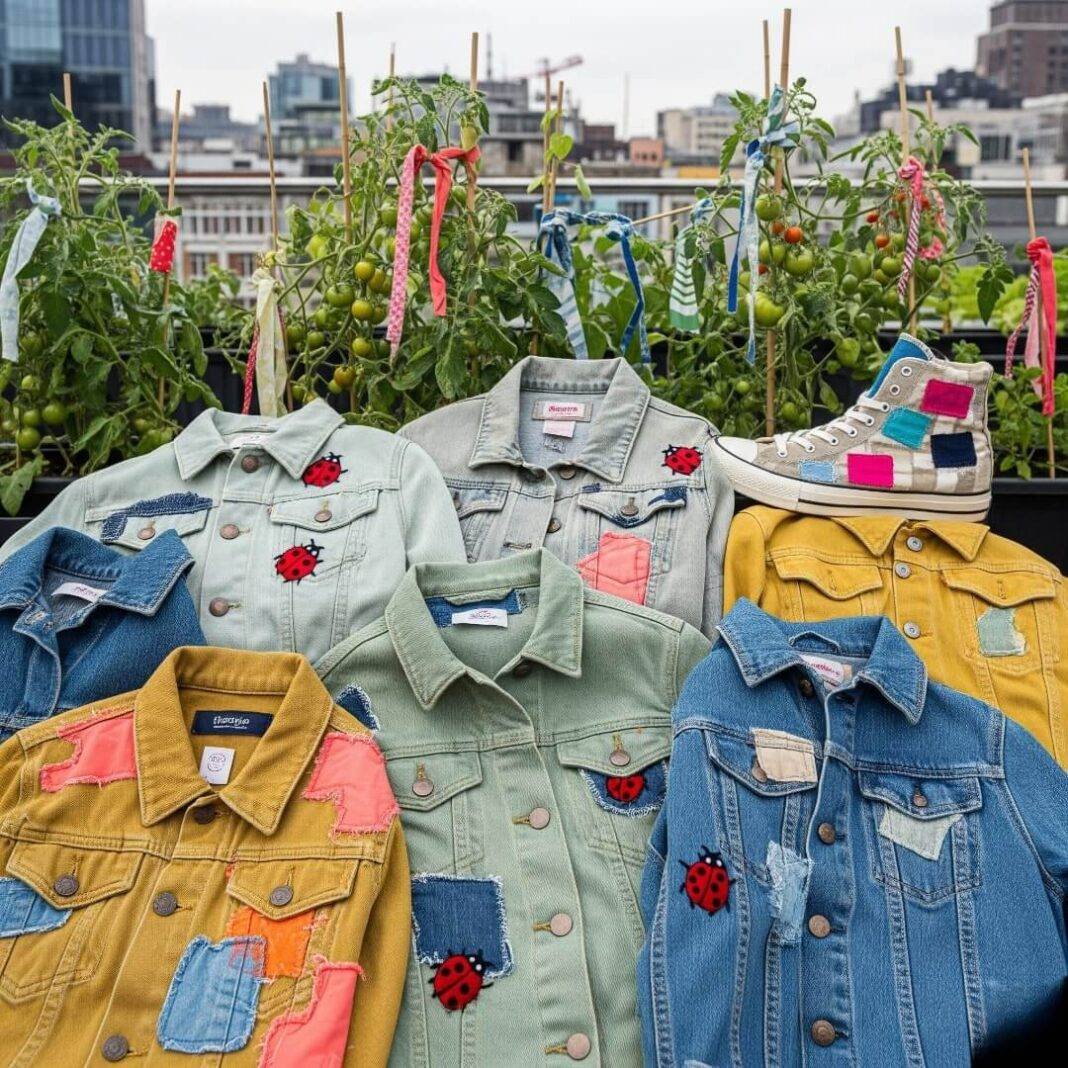Sustainable fashion in 2025 is my whole deal right now, sprawled on my lumpy couch in my Brooklyn shoebox apartment, with thrifted jeans spilling everywhere and my place stinking of this cheap-ass lavender candle I grabbed at a flea market. Why did I even buy that? I’m trying so hard to make my wardrobe green, but I’m a total trainwreck at it. Like, last week I tried upcycling an old T-shirt into a tote, and it looks like something my dog chewed up. Still, I’m obsessed with eco-friendly style, like I’m on some treasure hunt to save the planet while looking halfway decent. Check out Patagonia’s Worn Wear—they’re out here making sustainable fashion look so easy, unlike me.
Why Sustainable Fashion in 2025 Feels Like a Big Deal
I’m scrolling X in my coffee-stained sweatshirt, and it’s all climate doom and fast fashion horror shows. It’s a lot to handle, y’know? Sustainable fashion in 2025 ain’t just some trendy nonsense—it’s like, my way of fighting back against all the waste. I learned that the hard way when I bought this cute top online, wore it once, and it basically fell apart in the washer. Like, what the hell? That’s when I got into ethical fashion, and Good On You saved me with their brand ratings—some companies are straight-up lying about being “green.”
Here’s what’s got me hooked:
- Thrifting’s my therapy: Snagged a vintage denim jacket for $10, with these weird stains I’m calling “vibes.”
- Upcycling’s a humbling mess: Tried turning old curtains into a skirt, and I looked like a haunted librarian.
- Less crap, more swag: Buying less but better stuff makes my closet feel kinda bougie, even if I’m clueless.
My Cringe Sustainable Fashion Fails (and a Couple Wins)
Okay, so last month I’m in a thrift store, practically wrestling a bin of sweaters, my glasses all fogged up from the effort. Thought I found a cashmere steal, but nah—polyester, and it smelled like a damp basement. Big oof. But then I scored this mustard-yellow scarf that’s basically my entire personality now—proof thrifted finds can be dope. ThredUp is my lifeline for eco-friendly style without the musty drama.

Then there’s my upcycling attempts. My kitchen table’s a disaster—fabric scraps, a shirt I ruined with crooked stitches, and coffee I spilled when I got distracted by my neighbor blasting reggaeton. My cat just stared at me like, “You’re embarrassing us both.” But that mess? It’s why I’m into sustainable fashion—it’s real, it’s flawed, it’s me. Sew Liberated has tutorials that make upcycling less scary, even for a hot mess like me.

Sustainable Fashion in 2025: My Shaky Advice
I’m no pro, but I’ve got some tips from my chaotic sustainable fashion journey. Here’s what’s sorta working:
- Thrift like it’s a sport: Hit up local shops or Depop. You’ll find cool stuff, but check tags to dodge the plastic-y junk.
- Try sewing (badly): I’m awful at it, but patching jeans is doable. YouTube’s got you.
- Back ethical brands: Saved up for Everlane sneakers, and they’re legit for eco-friendly style.
- Embrace the chaos: Sustainable fashion ain’t perfect. My patched jeans look like a toddler’s craft project, but they’re mine.

































